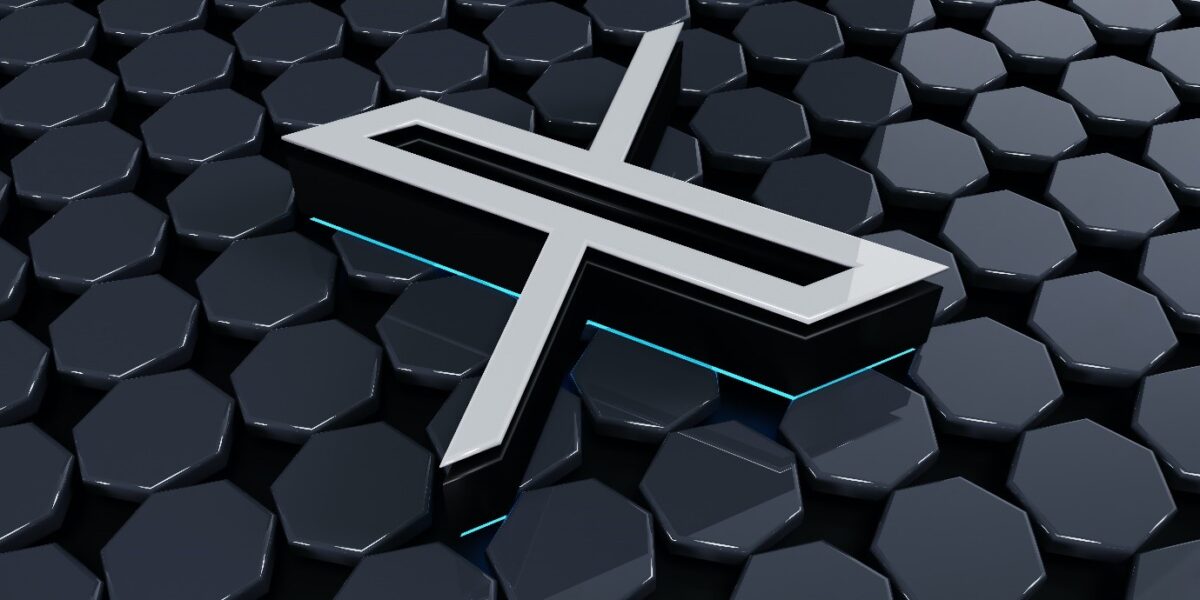In the first installment in our series on brand migration, we explore why a brand might undergo a total makeover.
We’ve seen enough news articles, memes, and brand reactions to know that Elon Musk’s rebranding of Twitter to X has certainly ruffled some feathers. But the question all marketers are asking themselves is: why make the move when Twitter already carries such a high brand awareness?
There are a number of reasons why a business might decide to relaunch a brand and over the years we’ve seen it all; the good, the bad, and the ugly. Though the reasons are not always mutually exclusive, brand migration is a strategic step made with the betterment of the business as a whole in mind.
Merging brands together…
The first, and most obvious reason to re-brand is following a merger of two brands or a brand acquisition. Whilst some of the most familiar brands out there are formed by the founders’ names combined (think Procter & Gamble, Ben & Jerry’s, Johnson & Johnson), most of the time adding a hyphen or ‘&’ symbol between two existing brands and calling it a day is likely not going to have a great impact in bringing customers along on the journey as a brand enters a new realm. Businesses will need to think of a name that has relevance to both brands and also signals the brand’s direction for the future. Top of mind is the merging of T-Mobile and Orange to become EE, Everything Everywhere, reflecting the company’s ambition to be the “digital backbone for Britain”.
Brand portfolio management…
Although X has not undergone a merger, it is now a part of Musk’s portfolio of companies, which brings us to the next reason for brand migration: portfolio management. Often, once a holding company owns a number of businesses spanning various industries, it will rethink its naming strategy to make the brand architecture clear internally, and for customers too. This could involve one umbrella name that sits across all sub-brands; Amazon Prime, Amazon Fresh, Amazon Kindle, Amazon Web Services…the list goes on. Or it could involve forming a new holding company, as in the case of Google which now sits under Alphabet, better reflecting the company’s long-term strategy and in this case allowing it to better highlight brands in industries outside of the renowned search engine.
Musk’s choice of ‘X’ for the re-brand is definitely no accident; he is clearly fond of the symbol, despite or perhaps in light of its links to euphemisms. We’re all familiar with Musk’s aerospace company, Space X, founded in 2002, but even before that, Musk founded X.com in the 90s, an online banking service that became Paypal. Odes to the much-loved symbol also pop up in his other businesses, such as the Tesla Model X launched in 2015. With Musk himself stating that he has big plans for X, wanting it to become “the digital town square for the world”, this could be the beginning of a strategy to align his entire business portfolio under one umbrella name.
Addressing a crisis…
Another key reason to re-brand is when something goes wrong; there might have been a big scandal, like when British Petroleum (BP) rebranded to Beyond Petroleum following the Deepwater Horizon oil spill in 2010 (arguably doing little to rid them of their associations with environmental damage). Or it could be that over time a brand has built up a negative reputation that it wants to disassociate from, such as German delivery service Hermes, who rebranded to Evri following years of complaints over delayed, damaged, and lost parcels.
Whilst Twitter by no means suffered one major scandal, the brand has not exactly been thriving in recent years. We are seeing increasing issues with the platform around privacy, toxicity, and inappropriate content, and the banning of Trump, whilst hilarious, threw into question the rights to freedom of speech. It’s possible that Elon Musk has recognized this reputation, and the decision to re-brand to X is to transition away from any negativity linked to Twitter.
Modernising & refreshing…
Many brands are simply unable to stand the test of time when society, language, and attitudes around them are constantly transforming, which often indicates it’s time for a refresh. For some brands this will require more than just a new name or logo, for example, Uncle Ben’s rebrand to Ben’s was paired with a new brand purpose to ‘create opportunities that offer everyone a seat at the table’ and efforts to run community outreach programs after receiving criticism that the brand name and image encouraged racial stereotypes. Other brands have taken it in their stride to update their brand and remain current, for example, Weight Watchers rebranding to WW recognizing that the diet culture it was once known for is no longer considered healthy.
Expansion…
If a brand is entering a new market, or seeking to globally align, marketers will need to consider what the brand name means in other languages. When entering a new market, how will the name be received, are there any existing associations with the word or other meanings? In this sense, the single symbol ‘X’ feels like a safe choice from Musk, avoiding any possible issues with meaning, unlike the search engine Bing which translates to ‘illness’ in Chinese…
Musk’s transformation of Twitter to “X” has certainly stirred curiosity. Musk’s fondness of the symbol ‘X’ could be indicative of a larger strategy, aligning his ventures under a unified name.
This exploration shows the strategic complexity of brand migration, where decisions are fuelled by the end goal of betterment. As we transition to our next blog on successful rebranding, we question whether Musk’s rebranding embodies best practices. This journey unveils how identity, perception, and adaptability are connected, making us think about how brands can navigate transformation amidst an ever-changing environment.


